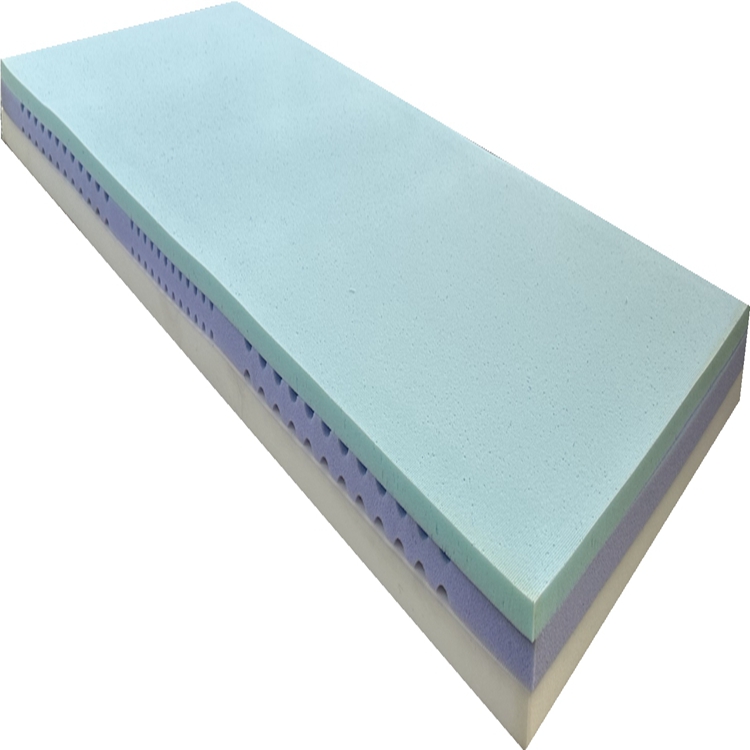Effective Mattress Solutions for Preventing Pressure Sores and Enhancing Comfort
Pressure Sore Prevention Mattresses A Comprehensive Guide
Pressure sores, also known as bedsores or pressure ulcers, are injuries to the skin and underlying tissue that result from prolonged pressure on the skin. They commonly affect individuals who are bedridden, have limited mobility, or are experiencing certain medical conditions. One of the most effective means of preventing pressure sores is the use of specialized pressure sore prevention mattresses. This article delves into the significance of these mattresses, their types, how they function, and tips for choosing the right one.
Understanding Pressure Sores
Pressure sores occur when blood flow to a specific area of the skin is restricted due to prolonged pressure. This condition poses significant health risks, including pain, infection, and in severe cases, the need for surgical intervention. Individuals at higher risk, such as the elderly, those with spinal cord injuries, or patients recovering from surgery, need careful monitoring and preventive measures to avoid these debilitating wounds.
The Role of Pressure Sore Prevention Mattresses
Pressure sore prevention mattresses are designed to alleviate pressure on vulnerable body parts, particularly those often in contact with surfaces, such as the back, hips, and heels. These mattresses are engineered using various materials and technologies to distribute body weight evenly, enhance comfort, and promote movement, which is vital in minimizing the risk of skin damage.
Types of Pressure Sore Prevention Mattresses
1. Static Mattresses These are traditional foam or gel mattresses designed to provide a firm and supportive surface. They work by distributing weight evenly across the mattress but do not actively change shape or pressure points.
2. Dynamic (Alternating Pressure) Mattresses These mattresses feature air-filled cells that inflate and deflate in a cycle to create alternating pressure points. This technology helps to promote blood circulation, reducing the risk of pressure sores significantly.
3. Low Air Loss Mattresses Designed for individuals at high risk, these mattresses provide a continuous flow of air underneath the patient, helping to keep the skin dry and cool while reducing pressure. They are ideal for patients who experience moisture buildup, which can exacerbate skin breakdown.
4. Hybrid Mattresses Combining features of various types, hybrid mattresses merge foam and air technologies to offer a customizable level of support and pressure relief, catering to individual patient needs.
How Pressure Sore Prevention Mattresses Work
These mattresses function by employing several principles that make them effective in preventing pressure sores
pressure sore prevention mattress product

- Weight Distribution By spreading weight evenly across a larger surface area, these mattresses minimize localized pressure points, significantly lessening the risk of wounds
.- Pressure Relief Dynamic and low air loss mattresses continuously adjust pressure on different parts of the body, thus promoting better blood flow and reducing the time any one area is subject to pressure.
- Temperature and Moisture Control Some mattresses are designed to manage heat and moisture levels, reducing sweating and skin irritation, which are crucial in preventing skin breakdown.
Selecting the Right Pressure Sore Prevention Mattress
Choosing the appropriate mattress requires careful consideration of several factors
1. Risk Level Assess the individual's risk factors for developing pressure sores. Tools like the Braden Scale can help determine the level of risk.
2. Mobility and Weight Understand the patient’s mobility levels and weight to select a mattress that offers the right level of support.
3. Comfort Ensure the mattress provides comfort since a patient who feels comfortable is more likely to remain in optimal positions.
4. Maintenance and Care Some mattresses require regular maintenance and cleaning. Choose one that fits the caregiver's ability to manage it efficiently.
5. Budget While investing in a high-quality pressure sore prevention mattress can be costly, consider it a long-term investment in the individual's health and well-being.
Conclusion
Pressure sore prevention mattresses play a critical role in safeguarding patients against the risk of pressure ulcers. With various options available, understanding the specific needs of the individual can ensure that the most effective preventive measures are put in place. Prioritizing comfort, pressure relief, and proper maintenance will ultimately contribute to better health outcomes and a higher quality of life for those at risk. By investing in appropriate pressure sore prevention mattresses, caregivers can make a significant difference in the lives of those they care for.
-
The Effect of Coconut Foam Mattress Breathability and Humidity Regulation on Improving Sleep QualityNewsJul.03,2025
-
How Wave Mattress Systems Improve Blood Circulation During ImmobilityNewsJul.03,2025
-
The Climate-Adaptive Sleep Revolution: Exploring the Benefits of Cooling Gel Memory Foam MattressesNewsJul.03,2025
-
Exploration of the Role of Coconut Foam Mattress in Preventing Bedsores in the ElderlyNewsJul.03,2025
-
Comparing Wave Mattress and Air Mattress: Which Is Better for Medical Use?NewsJul.03,2025
-
Analysis of Comfort and Environmental Performance of Natural Latex and Coconut Foam MattressNewsJul.03,2025
-
Multi-Layer Construction for Enhanced Performance in Gel Mattress PadNewsJun.24,2025

